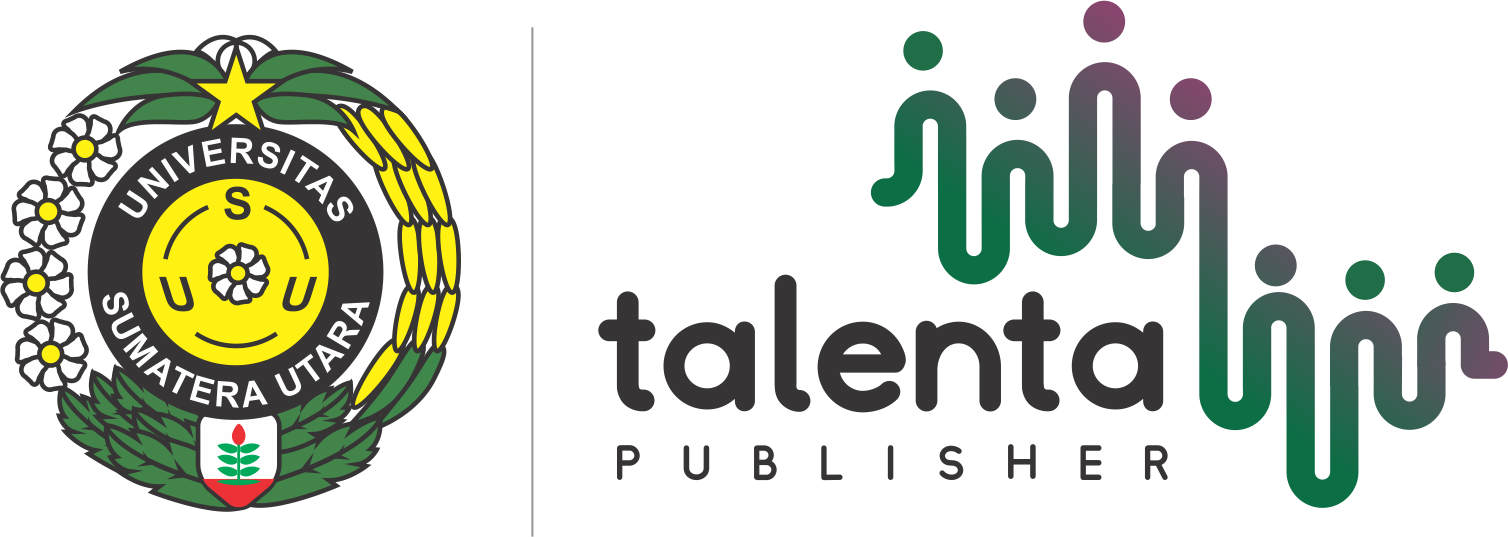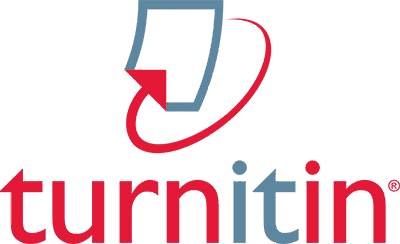Pemungutan Lithium dari Baterai LFP Bekas dengan Metode Piro-hidrometalurgi
| Authors | ||
| Issue | Vol 8 No 1 (2025): Talenta Conference Series: Energy and Engineering (EE) | |
| Section | Articles | |
| Section |
Copyright (c) 2025 Talenta Conference Series: Energy and Engineering (EE)  This work is licensed under a Creative Commons Attribution-NonCommercial-NoDerivatives 4.0 International License. |
|
| Galley | ||
| DOI: | https://doi.org/10.32734/ee.v8i1.2615 | |
| Keywords: | Baterai LFP Pelindian Air Roasting Pirometalurgi Ammonium Sulfat Recovery Litium Spent LFP Battery Water Leaching Pyrometallurgy Ammonium Sulfate Recovery Lithium | |
| Published | 2025-07-28 |
Abstract
Pertumbuhan pesat penggunaan baterai lithium-ion (LiB), khususnya Lithium Iron Phosphate (LFP), seiring meningkatnya adopsi kendaraan listrik dan upaya global menuju Net Zero Emission (NZE) 2060, turut memicu peningkatan limbah baterai bekas. Meskipun tidak mengandung logam berharga seperti nikel dan kobalt, baterai LFP tetap memiliki potensi daur ulang yang tinggi berkat kandungan litium di dalamnya. Pemanfaatan kembali logam berharga dari limbah baterai Lithium Iron Phosphate (LFP) menjadi fokus utama dalam mendukung ekonomi sirkular dan keberlanjutan sumber daya. Penelitian ini mengevaluasi pengaruh laju pemanasan dan rasio massa ammonium sulfat terhadap recovery litium melalui proses roasting dan water leaching. Hasil menunjukkan bahwa laju pemanasan rendah (5℃/menit) menghasilkan efisiensi reaksi sulfatasi termal yang lebih baik, sehingga meningkatkan recovery litium. Sementara itu, peningkatan rasio ammonium sulfat hingga 1:1.4 (w/w) juga berkontribusi pada pembentukan litium sulfat (Li₂SO₄) yang larut dalam air, sehingga mendorong kenaikan nilai recovery. Analisis Response Surface Methodology (RSM) mengonfirmasi bahwa kombinasi antara rasio ammonium sulfat yang tinggi dan laju pemanasan rendah hingga sedang memberikan hasil recovery lithium terbaik (>95%). Namun, recovery besi (Fe) relatif rendah dan tidak stabil pada sebagian besar kondisi, terutama saat laju pemanasan tinggi. Hasil ini menunjukkan bahwa pengaturan kondisi termal dan proporsi reagen merupakan kunci dalam optimasi proses recovery litium dari baterai LFP bekas secara efisien dan berkelanjutan.
The rapid growth in the use of lithium-ion batteries (LiBs), particularly Lithium Iron Phosphate (LFP), driven by the increasing adoption of electric vehicles and global efforts toward Net Zero Emissions (NZE) by 2060, has led to a significant rise in spent battery waste. Although LFP batteries do not contain high-value metals like nickel or cobalt, their lithium content presents a strong potential for recycling. The recovery of valuable metals from spent LFP batteries is a key step in supporting circular economy initiatives and ensuring resource sustainability. This study investigates the effect of heating rate and the mass ratio of ammonium sulfate on lithium recovery through a roasting and water leaching process. The results indicate that a lower heating rate (5℃/min) improves the efficiency of thermal sulfation, leading to higher lithium recovery. Moreover, increasing the ammonium sulfate ratio up to 1:1.4 (w/w) enhances the formation of water-soluble lithium sulfate (Li₂SO₄), further boosting recovery performance. Response Surface Methodology (RSM) analysis confirms that the combination of high ammonium sulfate ratio and low to moderate heating rate yields the best lithium recovery (>95%). However, iron (Fe) recovery remains relatively low and unstable under most conditions, especially at higher heating rates. These findings highlight the importance of optimizing thermal conditions and reagent proportions to achieve efficient and sustainable lithium recovery from spent LFP batteries.





